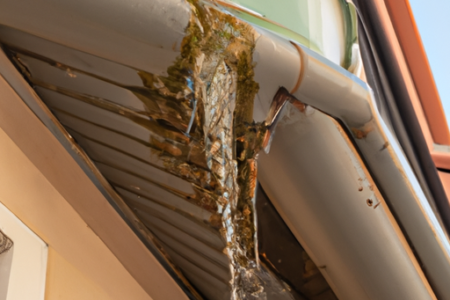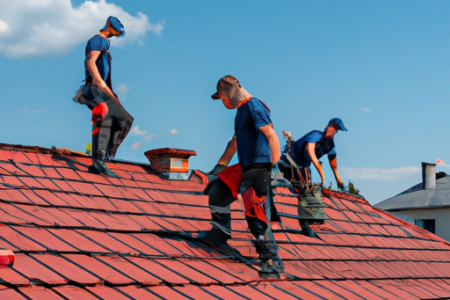when aiming to optimize energy efficiency in flat roofing installation:
1. Insulation: Proper insulation is crucial for reducing heat transfer and maintaining comfortable indoor temperatures. It is important to choose the right insulation material based on climate, building codes, and budget.
2. Roofing material: Opting for light-colored or reflective roofing materials can greatly enhance energy efficiency by reflecting sunlight and reducing heat absorption. Materials like TPO or PVC with high solar reflectance and thermal emittance ratings are popular choices.
3. Ventilation: Good ventilation helps regulate temperature and moisture levels, preventing heat buildup and condensation. A well-designed ventilation system can reduce strain on HVAC systems and lower energy costs.
4. Maintenance and regular inspections: Regular maintenance and inspections are essential for ensuring the long-term energy efficiency of flat roofs. Promptly addressing any leaks or damage helps maintain insulation integrity and overall performance. Regular cleaning and debris removal prevent clogs and blockages.
By taking these factors into consideration and collaborating with experienced architects and engineers in energy-efficient design, maximizing energy-saving potential, and reducing energy consumption and utility costs can be achieved with flat roofing systems.









